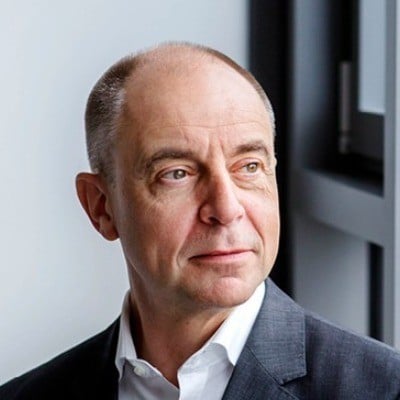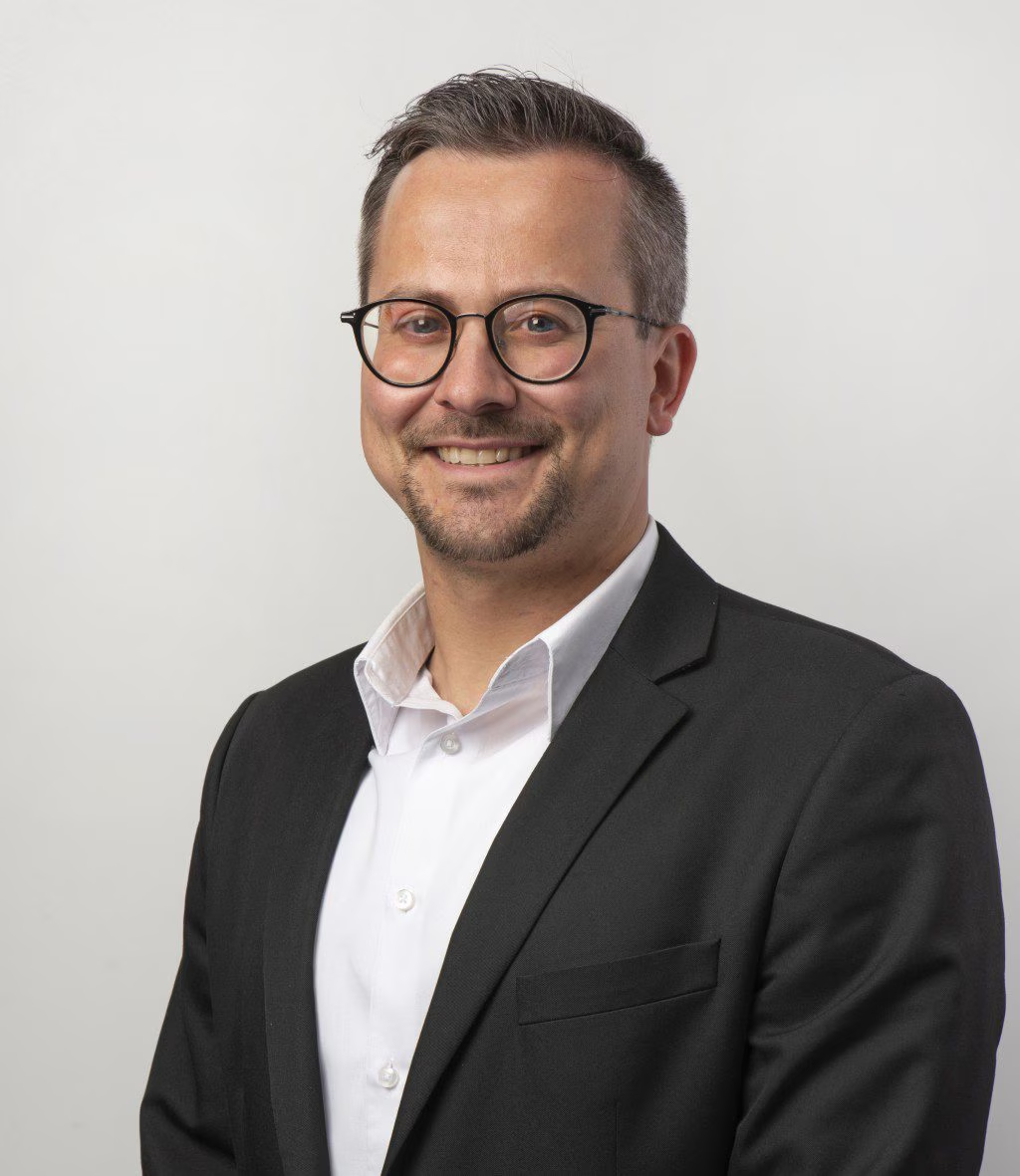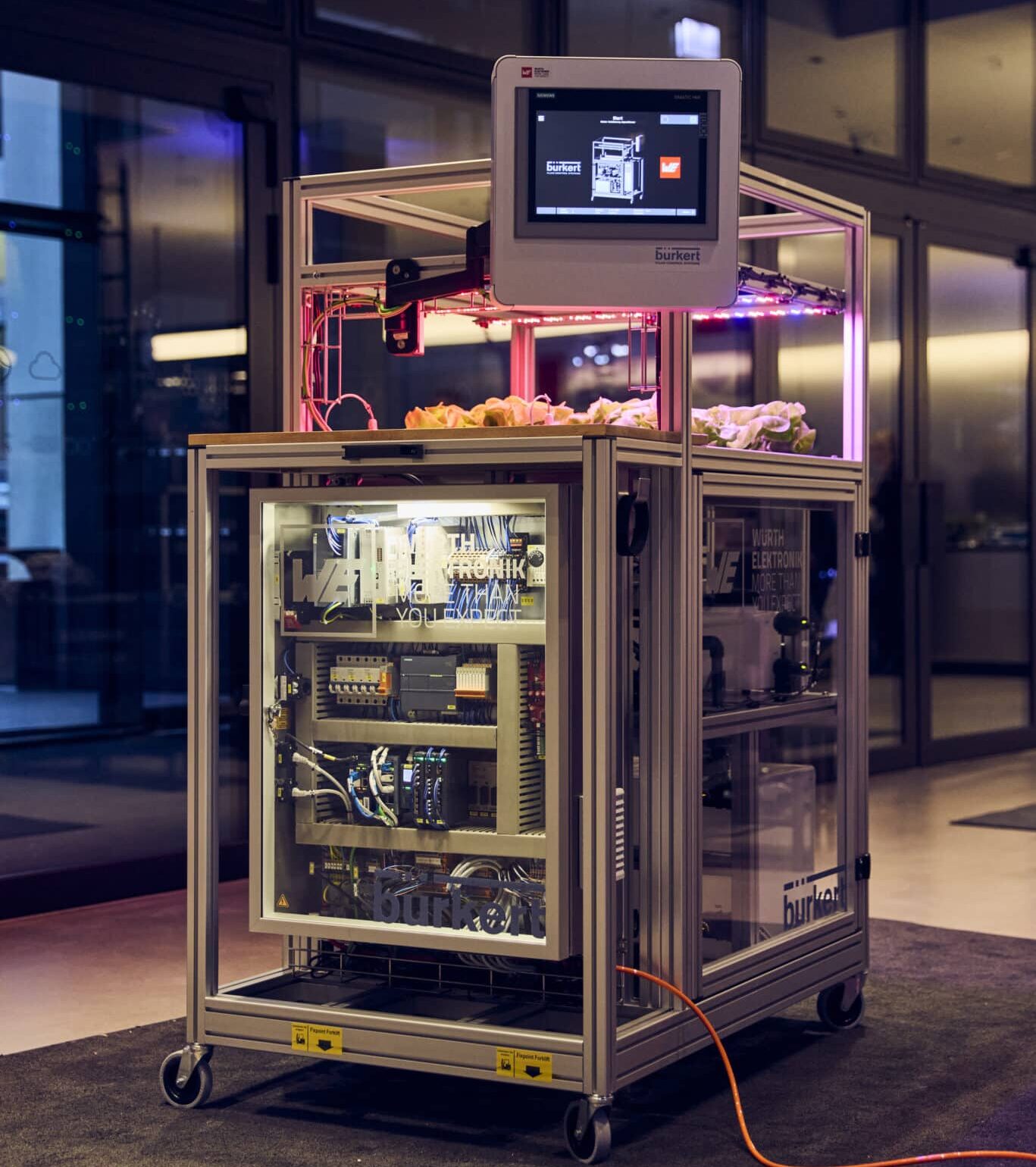Key Takeaways:
- Würth Elektronik develops horticulture-specific LED systems to support controlled environment agriculture (CEA) objectives in Europe.
- The company’s Lighting Development Kit and Breeding Station are modular tools supporting precision agriculture and seedling propagation.
- Collaborations with startups and research institutions contribute to product development and cross-sector innovation.
- LED systems are designed to optimize energy use and allow targeted plant development using specific light spectra.
- The company is exploring circular economy concepts such as the use of industrial CO₂ and waste heat for CEA applications.
Würth Elektronik’s Role in European Indoor Farming
Strategic Outlook on Controlled Environment Agriculture

Würth Elektronik describes itself as a technology enabler within the CEA space, particularly in addressing long-term challenges such as food security, climate adaptation, and resource efficiency.
“Controlled Environment Agriculture is essential to tackling climate change, resource scarcity, and food security. It’s about combining high-tech solutions with responsibility,” said Alexander Gerfer, CTO, Würth Elektronik.
The company positions its activities around technological development with a focus on measurable outcomes for indoor farming systems.
Würth Elektronik's Core Technologies Supporting Plant Development
Focus on LED Light Spectrum Agriculture

Würth Elektronik’s horticulture LEDs are designed to emit targeted spectra to influence plant growth at various stages, from root development to flowering and metabolite production. These lighting components are integrated with sensor technologies and control systems to support customized lighting strategies.
“Our goal is to create technologies that deliver measurable results—more biomass, better rooting, or increased secondary metabolites—all with fewer resources,” said Johann Waldherr, Business Development, Horticulture Lighting.
Würth Elektronik's Breeding Station and Lighting Development Kit

A modular propagation unit known as the Breeding Station, developed in collaboration with Bürkert Fluid Control Systems, integrates LED lighting with climate and irrigation management. It is used as a demonstration platform for precision seedling propagation and lighting strategies.
“The Lighting Development Kit is the technological foundation for numerous follow-up projects,” said Harun Özgür, Global Head of Optoelectronics.
The Breeding Station is not marketed as a final product but as a development platform showcasing CEA technology applications.
Collaborative Development and Application
Startup and Institutional Partnerships
Würth Elektronik engages in co-development projects with companies such as Organifarms, Engel Lighting, and Agile Solutions. These initiatives aim to apply horticulture LED systems in various indoor farming environments, including greenhouses, algae farms, and robotic systems.
“These partnerships fuse our electronic expertise with biological know-how—accelerating real innovation,” added Özgür.
Collaborations are framed as part of the company’s broader goal of system-level innovation rather than component-level manufacturing.
Market Trends and Customer Input
Regional Demand and Solution Adaptation
Würth Elektronik notes that automation, sustainable practices, and local production are recurring themes in European indoor farming markets. The company states that feedback from growers informs product adaptations, particularly around light spectra and integration with other farm systems.
“Customer feedback plays a major role in our development,” said Gerfer.
Product design is intended to be flexible to meet varied use cases across different countries and crop types.
Sustainability and Future Development Priorities
Efficiency and Resource Optimization
The company’s horticulture LED systems are designed to reduce energy input by emitting only plant-relevant wavelengths. This approach aligns with broader CEA goals of optimizing resources and minimizing environmental impacts.
Würth Elektronik is also researching the use of industrial by-products—such as CO₂ and waste heat—for agricultural purposes within enclosed farming systems.
“Looking ahead, we see electronics as the backbone of next-generation CEA,” said Gerfer.
Planned future developments include increased modularity, smart sensor integration, and greater automation through AI-enabled systems.
Summary
Würth Elektronik continues to develop LED and control systems tailored for CEA environments, emphasizing measurable plant responses, energy efficiency, and modularity. Through partnerships and pilot applications such as the Breeding Station, the company contributes to ongoing development in the European indoor farming sector. Its stated focus remains on adaptable technologies that support diverse growing needs while aligning with sustainability targets.
Read the entire European Indoor Farming Report


